Let’s pretend that sometime you may have to take a pop quiz. You have a choice. You can be given the answers ahead of time. The other option is that you can take the test without ever having studied. By the way, if you get an A, you will never notice that you even took the test. Get a B and you will get a little sick but be just fine. Get a C or D and things will get ugly. Score an F and you will die. Vaccines work kind of like getting the answers to that test ahead of time.
In order to understand how vaccines work, it pays to review the history. For years, physicians would inoculate their patients to prevent disease. They had noticed that if a person got a mild case of a disease and recovered from it, that they would generally be immune to it in the future. They would put infectious material into puncture wounds in the skin thereby causing a relatively minor infection. This practice was problematic, however because some of the patients would catch the disease from the inoculation and die anyway.
Edward Jenner, was an Englishman and is considered to be the father of immunology. He along with others of his time had noticed that milkmaids were generally immune to smallpox. It was presumed that this had something to do with the fact that they would get cowpox blisters from the cows that they were milking. In 1796, Jenner inoculated the 8-year-old son of his gardener with pus from the blister of a local milkmaid. According to Wikipedia, the boy developed a fever and some uneasiness but did not become sick despite being intentionally exposed to smallpox twice thereafter.
Put simply, the immune system works by recognizing things that are not a part of the self and attempting to destroy them. In the process, it has a means to remember the nature of the invader for future reference in case it returns. This process takes 2-3 weeks. Then the immune system can respond much more effectively the second time around. The idea is to give the body practice fighting off an infection but without the risk of death or illness. To the body, cowpox looks very similar to smallpox but it is much less virulent. (capable of causing severe illness or death). The body can practice fighting off something that looks like smallpox but can’t hurt it.
Modern vaccines perform the same function but in different ways. Some are what are called attenuated virus vaccines. These use the actual virus but weaken or kill it in some way before administration so that it can’t cause infection. Other newer vaccines use only a piece of the original pathogen which cannot cause infection so that next time when the immune system sees the whole virus, it will recognize it and destroy it.
The newer current COVID vaccines use only mRNA, similar to DNA, to act like a weakened virus to cause our own cells to manufacture a viral protein, the famous spike protein on the surface of our own cells. There it is identified by the immune system as something that isn’t human and attacked and, most importantly, remembered.
Science continues to develop more effective, quickly manufactured, safer ways of teaching our bodies how to fight off infections like COVID. I do like remembering that it all started with a country doctor paying attention to his patients and the things that were happening to them.

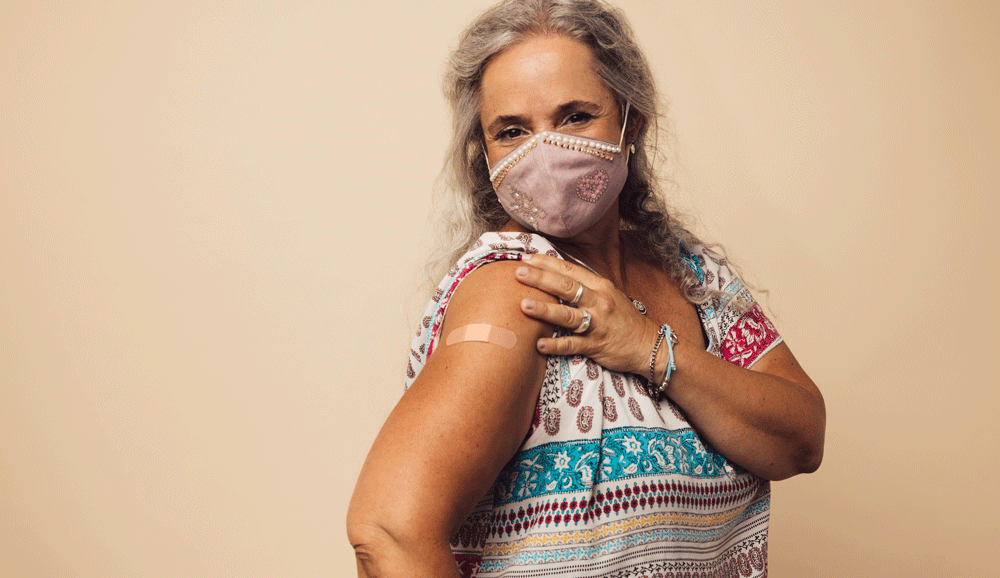
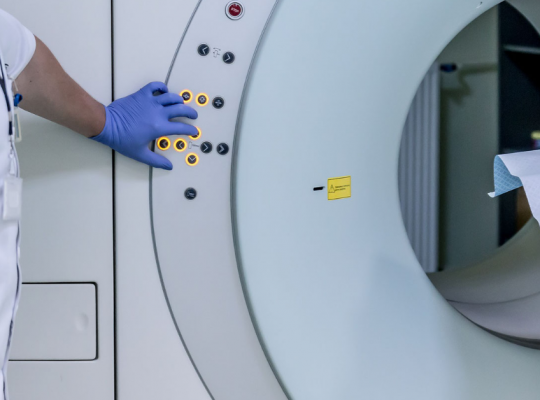
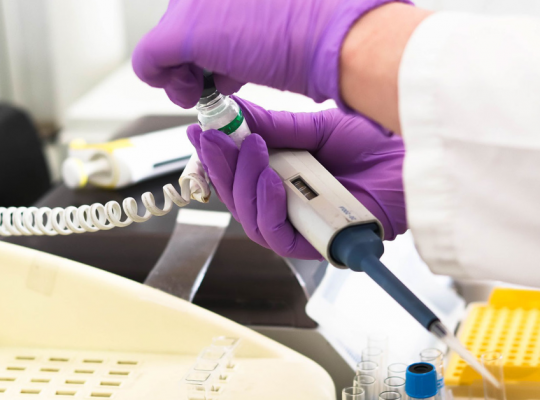
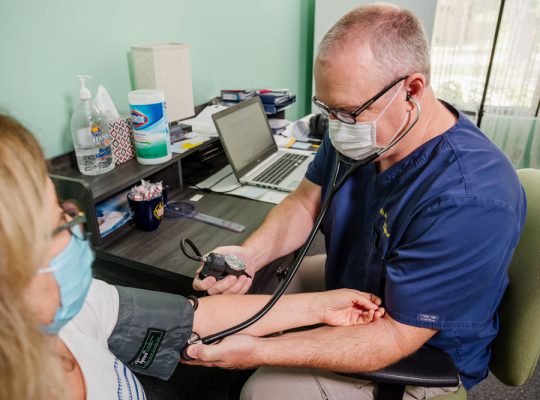
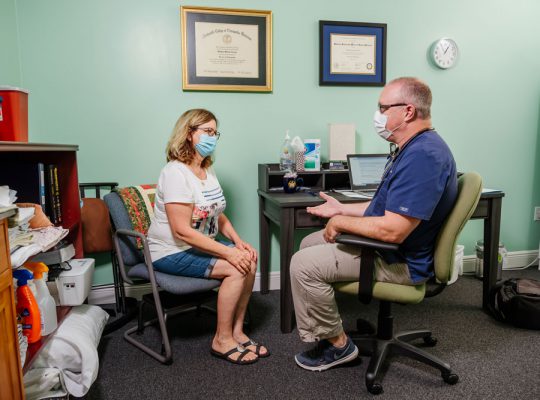
Hello, thanks for the information